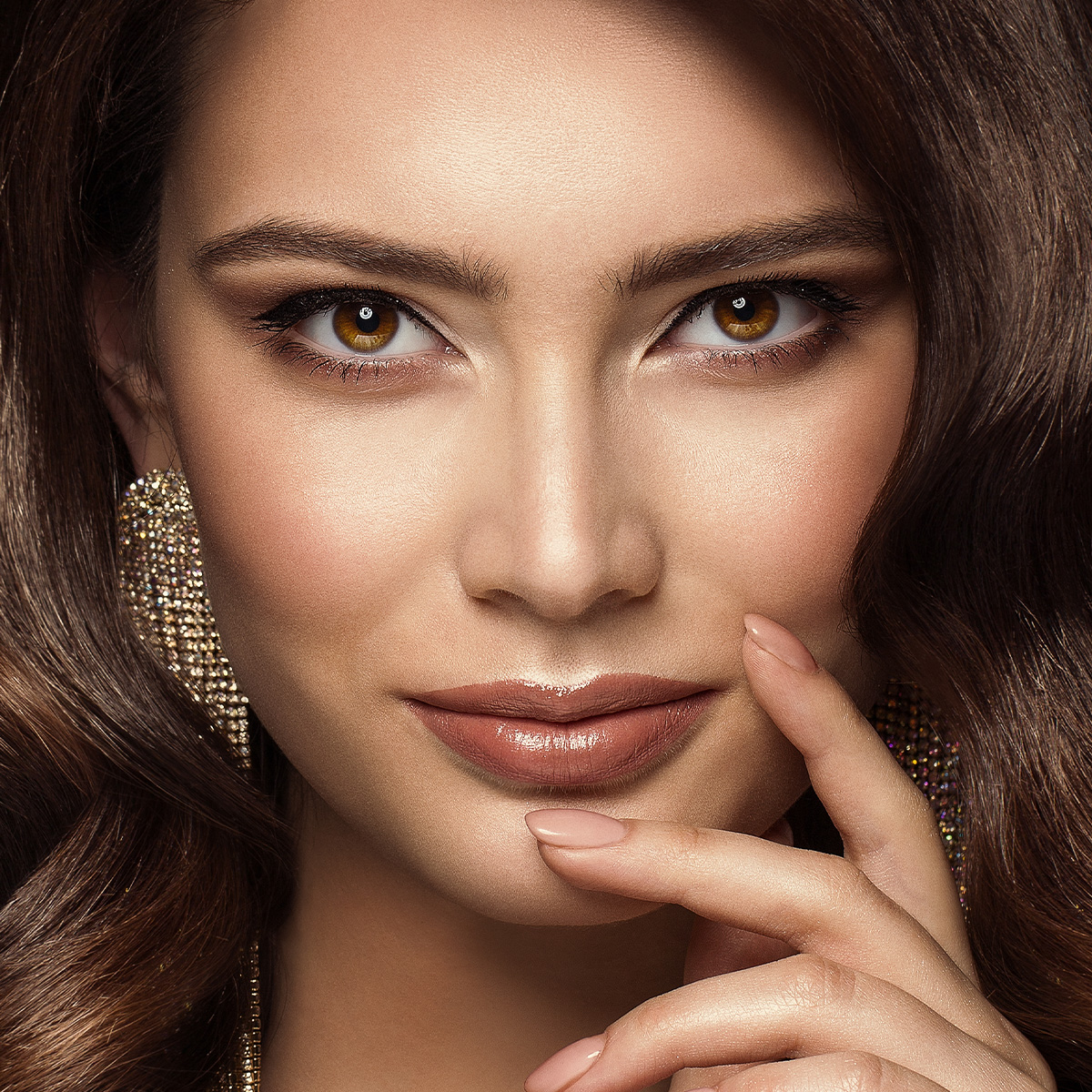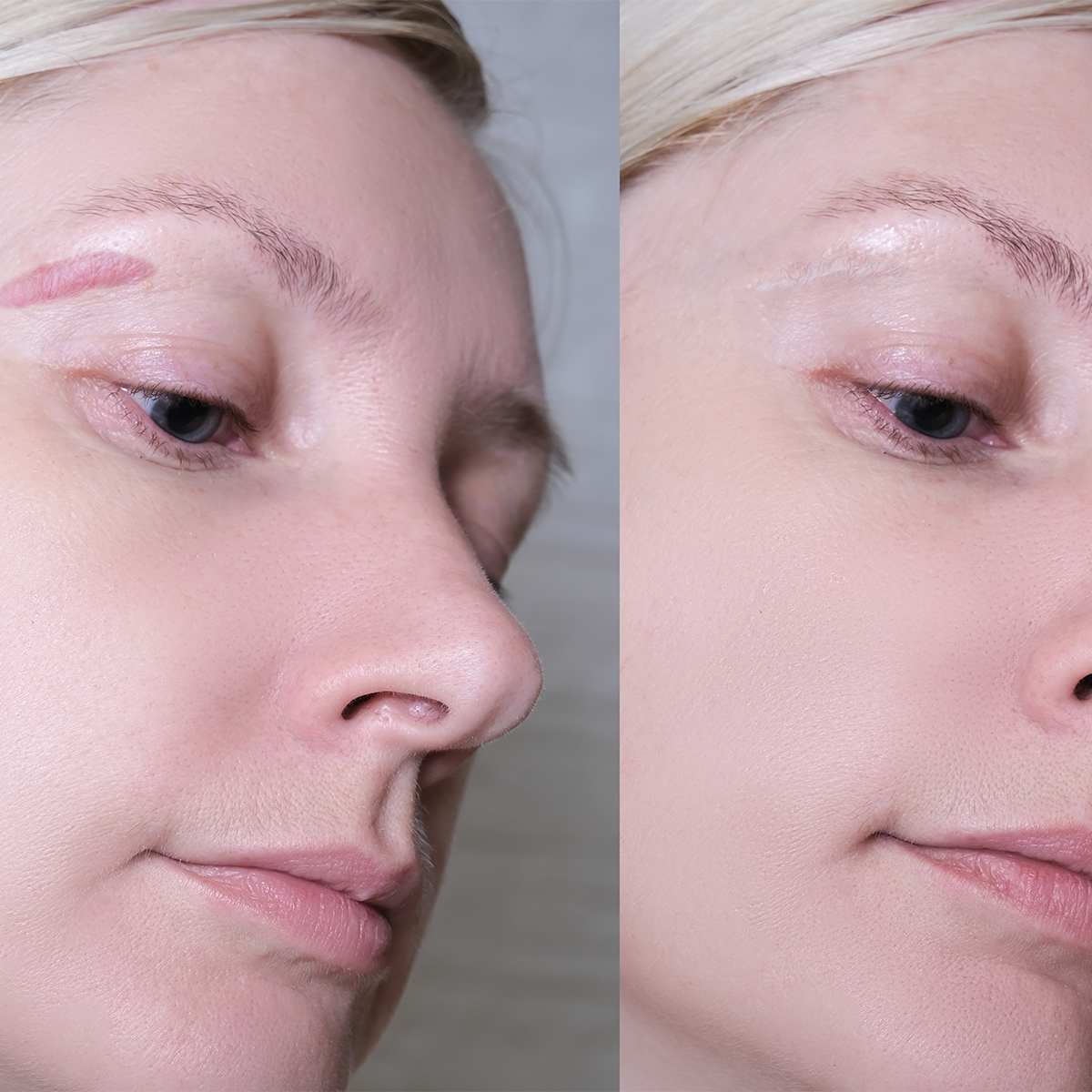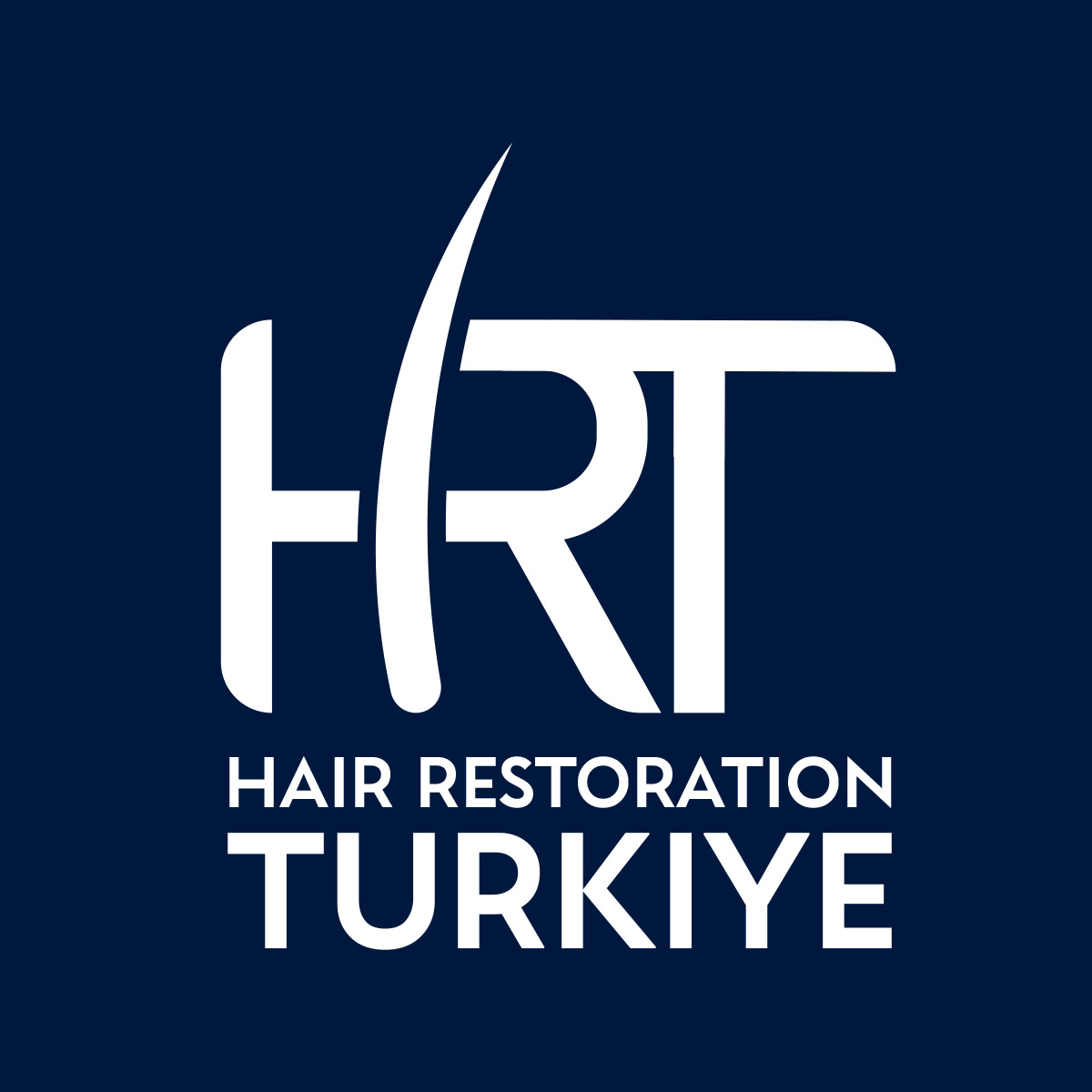
Follicular Unit Extraction for Hair Restoration
During an FUE hair transplant, a highly experienced doctor extracts hair follicles from the donor area, mainly the back of the neck. The doctor performs this procedure by using a sapphire tip extraction device less than 2mm in diameter. Then, follicles are transferred to the recipient area on the scalp and implanted in groups of one to four hairs, as they grow naturally.
Direct Hair Implantation (DHI)
Direct Hair Implantation (DHI) is a modern hair restoration technique used to treat hair loss or baldness. It is a method of hair transplantation that is considered an advancement of the more traditional Follicular Unit Extraction (FUE) method. DHI is known for its precision and natural-looking results.


Hair Micropigmentation
Hair micropigmentation is a non-surgical cosmetic procedure that involves the application of tiny, simulated hair follicles on the scalp to create the appearance of a closely shaved or buzzed haircut. It is also known as scalp micropigmentation (SMP) or hair tattooing. This technique is primarily used to address baldness, thinning hair, or to enhance the appearance of hair density, and it can be an effective solution for both men and women.
Hair PRP
Hair PRP is one of the most effective methods that helps people with hair loss. Platelets, also known as thrombocytes, in our blood have wound healing, restorative, and renewing effects for our bodies. In the same way, we know that hair PRP is beneficial for hair regrowth during and after Hair Transplant, and we take advantage of this effect of platelets through hair PRP.


Hair Transplant Under Sedation
Hair transplant procedures are typically performed under local anesthesia, rather than sedation. Local anesthesia numbs the area being treated, allowing the patient to remain awake and alert during the procedure while minimizing discomfort and pain. Sedation, on the other hand, involves the use of medications to relax and calm a patient, and it can range from mild sedation to deep sedation or even general anesthesia. While sedation may be used in some medical procedures, it is not the standard practice for hair transplant surgery.
Beard Restoration
Beard transplantation, also known as facial hair transplantation or beard hair restoration, is a surgical procedure that involves the transplantation of hair follicles to the beard area to create a fuller and more aesthetically pleasing beard. This procedure is typically performed on individuals who have patchy or thin facial hair or those who have facial hair loss due to genetics, scarring, burns, or other reasons.


Mustache Restoration
Mustache restoration is a procedure similar to beard restoration, but it specifically focuses on enhancing or restoring the mustache area of the face. Just like beard restoration, mustache restoration can be performed to address issues like thin or patchy mustache growth, facial hair loss, or scarring in the mustache area. The procedure typically involves the transplantation of hair follicles to achieve a fuller and more aesthetically pleasing mustache.
Sideburn Transplant
A sideburn transplant is a surgical procedure that involves the transplantation of hair follicles to the sideburn area of the face. This procedure is designed to enhance or restore the density, shape, and overall appearance of the sideburns. Sideburn transplants are typically performed on individuals who have thin or patchy sideburn growth, have lost sideburn hair due to genetics, trauma, scarring, or other factors, or those who wish to achieve a particular sideburn style.


Eyebrow Restoration
Eyebrow restoration is a cosmetic procedure aimed at enhancing or restoring the appearance of the eyebrows. This procedure is typically performed on individuals who have experienced eyebrow hair loss or have naturally thin or sparse eyebrows. Eyebrow restoration can help individuals achieve fuller, more natural-looking eyebrows and improve their overall facial aesthetics. The eyebrow restoration procedure typically involves the transplantation of hair follicles from a donor area (usually the back of the scalp) to the eyebrow region. These transplanted hair follicles continue to grow like natural eyebrow hair, providing a permanent and aesthetically pleasing solution.
Wound and Burn Removal
“Wound and burn removal” is not a standard medical or surgical term. Wounds and burns are typically not “removed” but are treated and managed. However, I understand that you might be referring to certain medical procedures or interventions that involve the removal of damaged tissue, foreign objects, or debris from a wound or burn. These procedures can be a part of wound or burn care, and they are typically performed by medical professionals.

